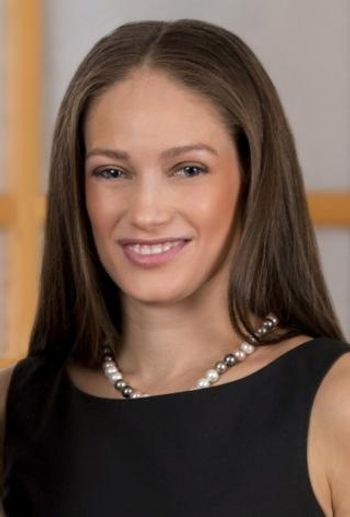
Enhance Immunotherapy by Reversing T-Cell Exhaustion?
Tumor microenvironments can induce T-cell senescence and exhaustion; Yangqiu Li et al highlight ways to reverse these states and improve immunotherapeutic efficacy.
Improving the efficacy of cancer immunotherapy will hinge on better understanding the states of immune T-cell dysfunction known as senescence and exhaustion, according to authors of a review of recent research
“T-cell senescence is playing a key role in immune suppression and evasion of both hematological and solid tumors,” reported senior author Yangqiu Li, MD, of the Institute of Hematology at Jinan University in Guangzhou, China, and colleagues.
T-cell senescence can occur naturally through cellular aging over time, as telomeres are exhausted through many generations of cellular division, or through telomere-independent pathways of cellular stress. T-cell exhaustion is associated with chronic viral infection, cancer, and advancing age and cellular senescence. T-cell exhaustion leaves older adults more susceptible to viral infection and diminishes the benefits of vaccination.
Tumors and tumor microenvironments can also induce T-cell exhaustion in people of any age, although the molecular factors involved remain unclear. Exhaustion is associated with a range of cellular-signaling alterations: immune-inhibiting proteins like programmed death 1 (PD-1) become overexpressed while fewer cytokine signals are produced, for example. Gene-transcriptional states also change, thanks to epigenetic modifications, researchers recently discovered. And crucially, immune cell responses to viral and tumor antigens decline with T-cell dysfunction.
However, Li and colleagues emphasized, the work of research teams around the world is shedding new light on the molecular underpinnings of dysfunctional T-cell states, and opening the door to more effectively reversing them. That’s crucial for cancer immunotherapies like immune checkpoint blockade and chimeric antigen receptor T (CAR-T) cell therapy, treatments that require highly functional T cells in order to be effective.
By targeting PD-1 expression, immune checkpoint blockade therapy can frequently reinvigorate antitumor immunity-but some cancers are intrinsically resistant to immunotherapy and others acquire resistance over time, suggesting that tumors possess other key mechanisms of immune system evasion. CD4+ regulatory T (“T-reg”) cells in the tumor microenvironment appear to diminish antitumor immune surveillance.
Researchers have identified candidate biomarkers for T-cell senescence and exhaustion, which should hasten investigation into both processes, Li’s team reported.
Better understanding of the ways in which tumor microenvironments induce T-cell dysfunction “will open new immunotherapeutic strategies for restoration and recovery” of next-generation T cell receptor-engineered (TCR) T cells and CAR-T cell immunotherapies, the authors predicted.
“Currently, ACT [adoptive cellular immunotherapy] is emerging as a potentially curative therapy for patients with advanced hematological malignancies,” they noted. “CAR-T and TCR-T cell therapy make use of functionally active T cells isolated from patients. These T cells are reconstructed and expanded ex vivo to recognize specific antigens on target cells, and are now widely trialed to treat leukemia, lymphoma, and several solid tumors.”
Because tumor microenvironments can induce senescent and exhausted cellular phenotypes, devising strategies to reverse these states will be crucial to improving immunotherapeutic efficacy, Li argued.
One way to maintain and restore T-cell functional states is to target the thymus, where thymocytes mature into T cells. Bioengineered thymus organoids and combination-cytokine strategies have shown promise in preclinical lab-animal studies, the authors noted. The thymostimulatory cytokine IL-21, for example, appears to improve T-cell function in older adult mice.
“[R]eplacement, reprogramming, and restoration of the immune system as well as modulation of signaling in tumor sites, shifting immunosuppressive microenvironments to become effector microenvironments, are promising approaches,” Li and coauthors concluded.
Newsletter
Stay up to date on recent advances in the multidisciplinary approach to cancer.

















































































